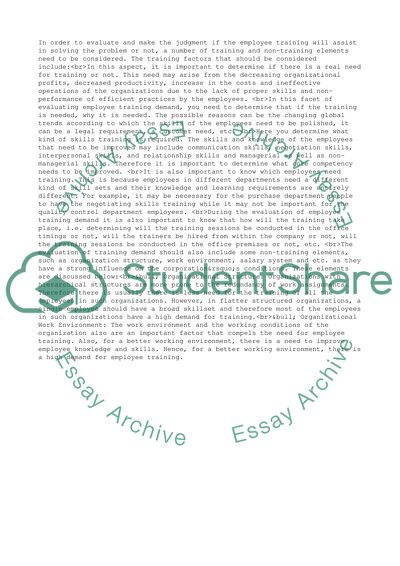Cite this document
(“Evaluation of Employee Training Demand Essay Example | Topics and Well Written Essays - 2000 words”, n.d.)
Retrieved from https://studentshare.org/business/1507901-evaluation-of-employee-training-demand
Retrieved from https://studentshare.org/business/1507901-evaluation-of-employee-training-demand
(Evaluation of Employee Training Demand Essay Example | Topics and Well Written Essays - 2000 Words)
https://studentshare.org/business/1507901-evaluation-of-employee-training-demand.
https://studentshare.org/business/1507901-evaluation-of-employee-training-demand.
“Evaluation of Employee Training Demand Essay Example | Topics and Well Written Essays - 2000 Words”, n.d. https://studentshare.org/business/1507901-evaluation-of-employee-training-demand.


